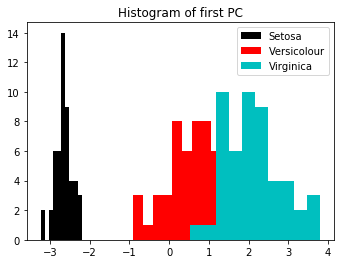Machine Learning Presentation: Packaging Your Models
- Published
- Author
 Dr. Phil WinderCEO
Dr. Phil WinderCEO
Dr. Phil Winder shares experiences of Winder.AI’s machine learning consulting experience at a variety of large and small organizations. Abstract In this talk he focuses on packaging ML models for production serving. Learn about how the cloud vendors compare, what orchestration abstractions prefer, and how packaging tools seek to find the right abstractions. At the end of the talk Phil distils this information and presets best practices. There’s also some discussion of future trends and some ideas for aspiring open-source engineers.
Read more

